In a world where architectural trends come and go, the concept of timeless design in residential architecture remains a cherished ideal. Timeless homes possess a unique blend of aesthetic appeal, functionality, and durability, ensuring they remain beautiful and relevant through the ages. Such homes transcend fleeting styles, embodying principles that resonate across generations. They provide a sense of stability and permanence, qualities that are especially valued in the fast-paced, ever-changing modern world.
Whether you are considering building or renovating, engaging with experienced architects in Philadelphia can help bring the vision of a timeless home to life. But what exactly makes a home “timeless”? Here, we’ll explore the key elements contributing to enduring residential architecture, examining factors such as proportion, historical influences, material choices, sustainability, and technological integration.
Table of Contents
The Importance of Proportion and Scale
Successful residential architecture often hinges on the delicate balance of proportion and scale. Homes that adhere to classic principles of geometry tend to look harmonious and appealing, creating an aesthetically pleasing environment. Proportion is critical in fostering a sense of balance, making spaces feel smooth and manageable. This concept resonates across different cultures and eras, from the ancient structures in Greece to modern-day suburban USA. Proportions that align with the golden ratio or other classical measurements commonly found in nature give a home a balanced and timeless appearance. This adherence to proportion helps craft beautiful, functional, and comfortable spaces.
Incorporating Historical Architectural Styles
Incorporating historical architectural styles like Tudor, Colonial, or Mediterranean styles in homes can create a sense of timelessness and character. With their intricate detailing, symmetry, and rustic charm, these styles can evoke different eras and locales, adding depth and richness to the living space. Features such as gabled roofs, arches, and detailed moldings enrich the narrative and provide a unique aesthetic that stands the test of time, making the home feel rooted in history and relevant in the modern world.
Craftsmanship & Material Choice
Craftsmanship and materials significantly influence a home’s longevity and aesthetic appeal. Natural materials like stone, wood, and brick offer structural integrity and sensory experiences, while cheaper, less durable materials may deteriorate quickly. Superior craftsmanship showcases the artistry and skill in creating a home, making every detail a work of art. Using high-quality, sustainable materials also supports the home’s eco-friendliness, making it a sustainable haven for future generations. Therefore, choosing high-quality, sustainable materials is crucial for a home’s longevity and aesthetic appeal.
The Role of Landscaping
A well-designed landscape can significantly enhance the timeless quality of a home, integrating it seamlessly into its natural surroundings. Native plants, garden walkways, water features, and well-placed trees and shrubs create a functional and aesthetically pleasing outdoor area. Green spaces provide a serene environment that enhances the quality of life for the inhabitants. Native plants, in particular, require less maintenance and water, contributing to a more sustainable landscape. Well-planned outdoor areas can also improve the home’s curb appeal, increasing its value and aesthetic harmony with the environment. Effective use of landscape architecture and landscape design software service respects the local ecosystem, promotes biodiversity, and adds profound aesthetic value, making the home a natural and enduring sanctuary.
Sustainable Design Practices
Sustainability is not just a modern buzzword; it’s a cornerstone of timeless architecture. Homes designed with energy efficiency, renewable resources, and long-term sustainability in mind are good for the environment and stand the test of time. Sustainable design practices include:
- Using eco-friendly materials.
- Efficient waste management systems.
- Utilizing sustainable energy sources, such as geothermal heating and solar power.
Homes built with these principles are more resilient, reducing their environmental impact and offering cost savings over time. For instance, incorporating geothermal heating or solar panels can be both an eco-friendly and financially wise investment. This study can help you learn more about the benefits of sustainable architecture. Sustainable homes are designed to adapt to changing environmental conditions, making them timeless and future-proof.
Interior Design That Speaks Volumes
The interior design of a home should align with its architectural style, creating a harmonious living space. This involves selecting furniture, color palettes, and decor that complement the style. Timeless interiors featuring neutral colors, natural materials, and handcrafted furniture create a sophisticated and enduring space. These rooms should feel cohesive, adapting to changing tastes and needs. Personal touches and meaningful items add character, making the home unique and reflective of its inhabitants.
The Influence of Technological Integration
Modern technology can enhance a home’s functionality and longevity, enhancing its relevance, convenience, and efficiency. Smart home systems, energy-efficient appliances, and advanced security features contribute to a residence’s functionality and longevity. These advancements enhance the quality of life for residents by providing convenience, improved energy management, and enhanced security. By thoughtfully integrating technology, homes can remain at the forefront of innovation while adhering to timeless design principles.























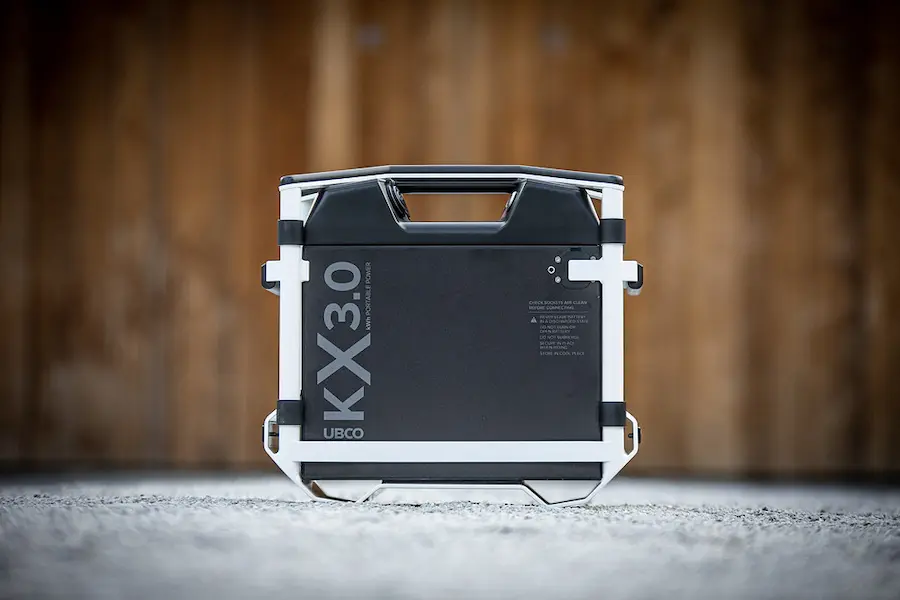



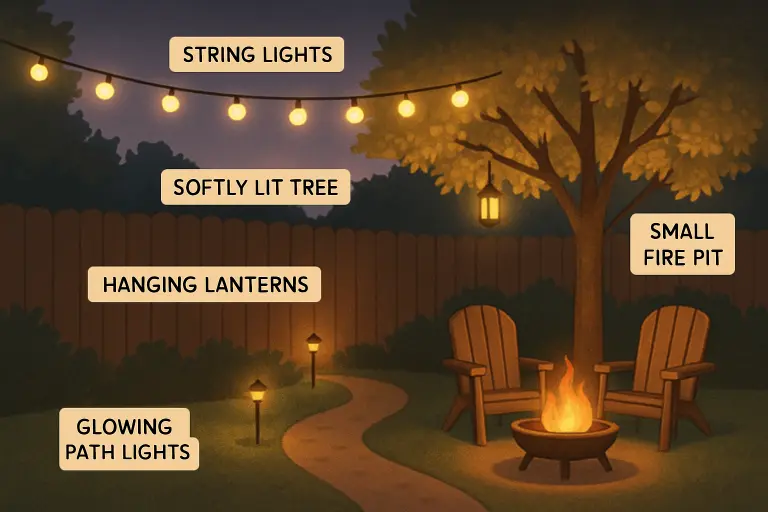





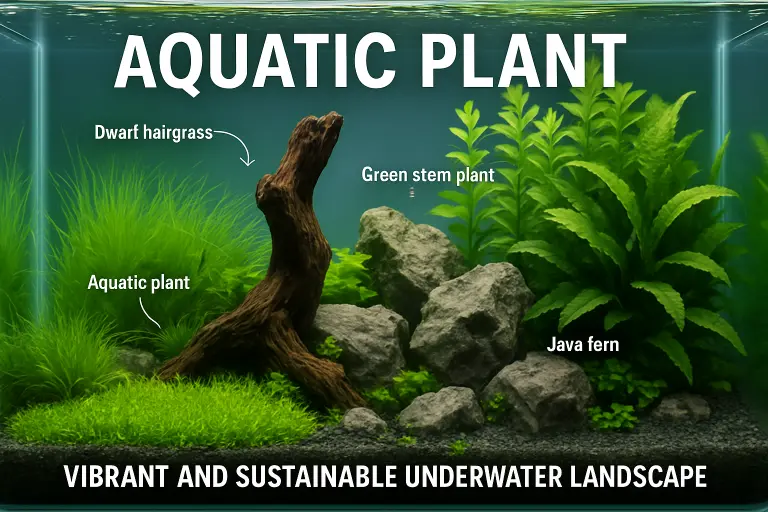




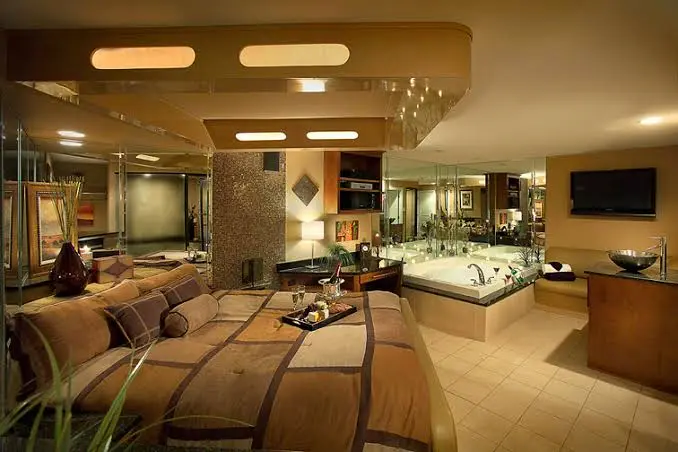
















































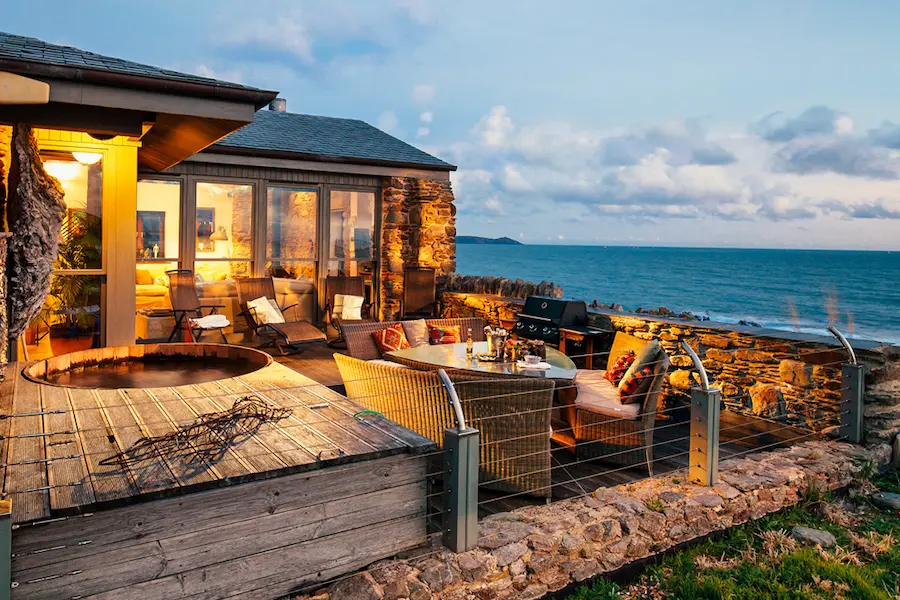












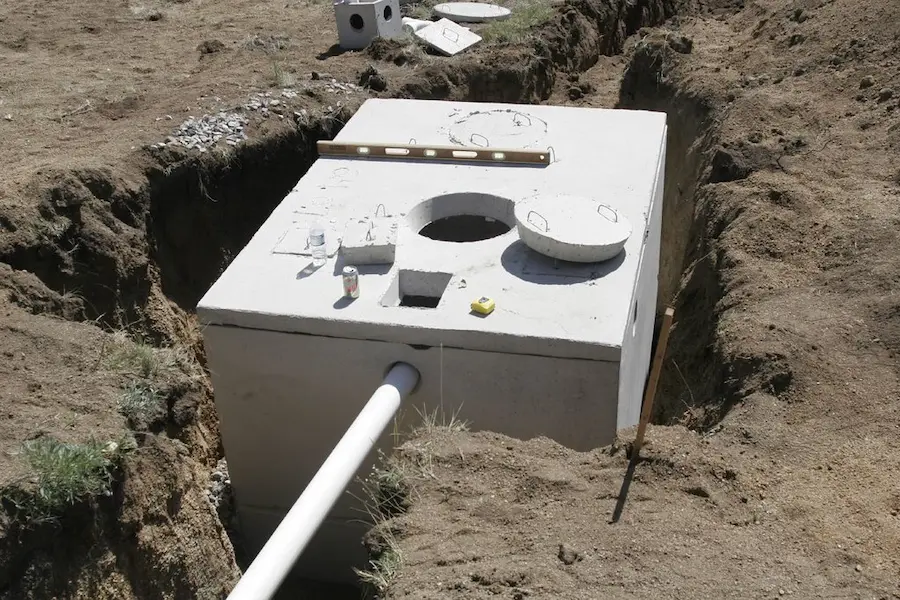














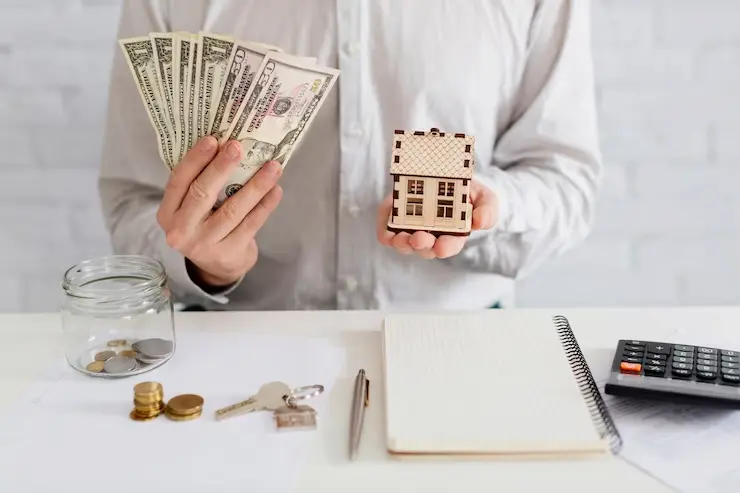


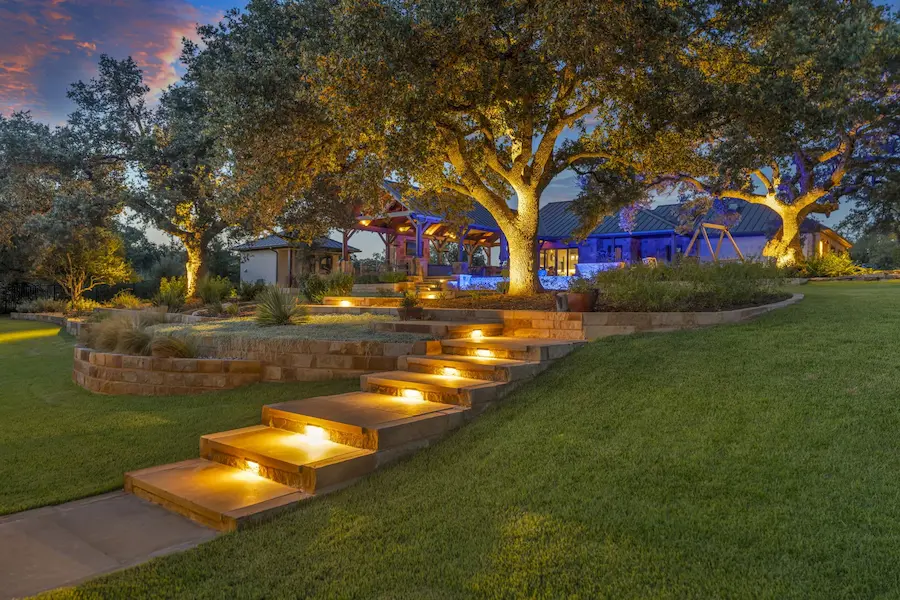


































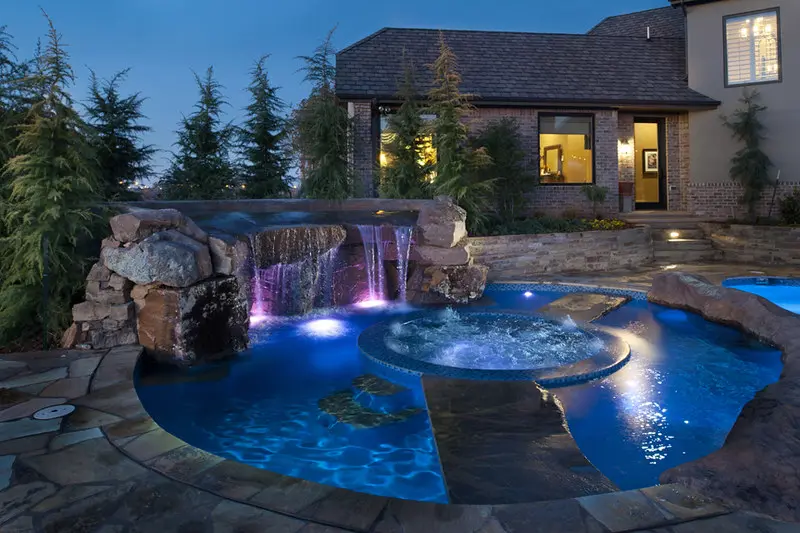


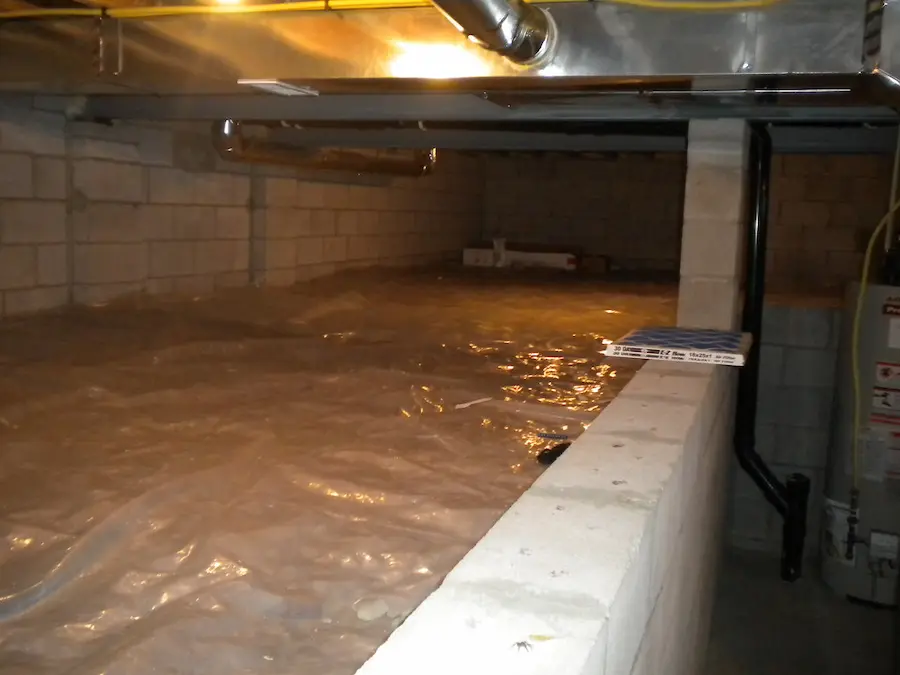
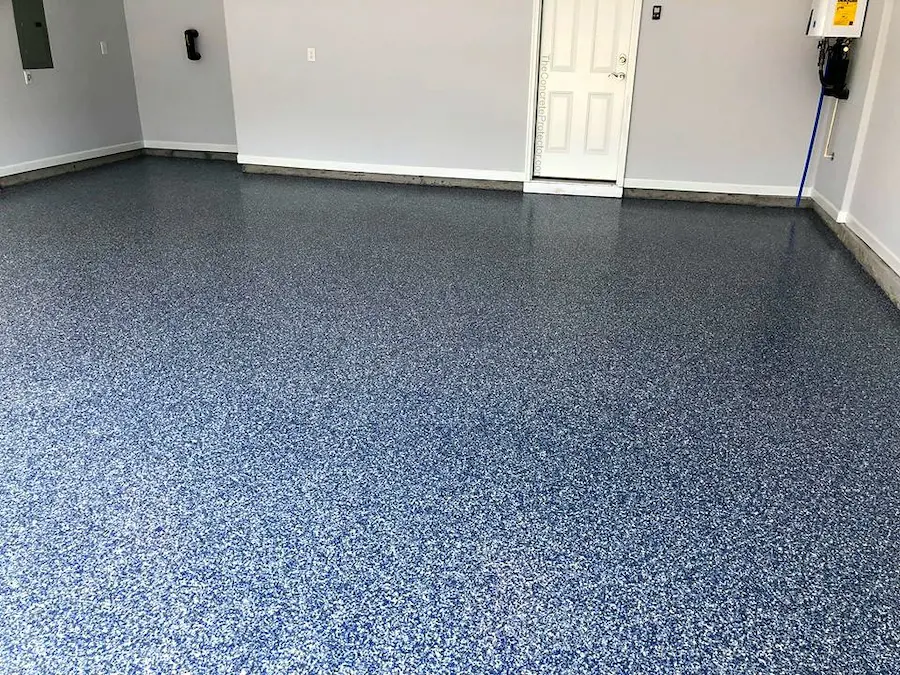




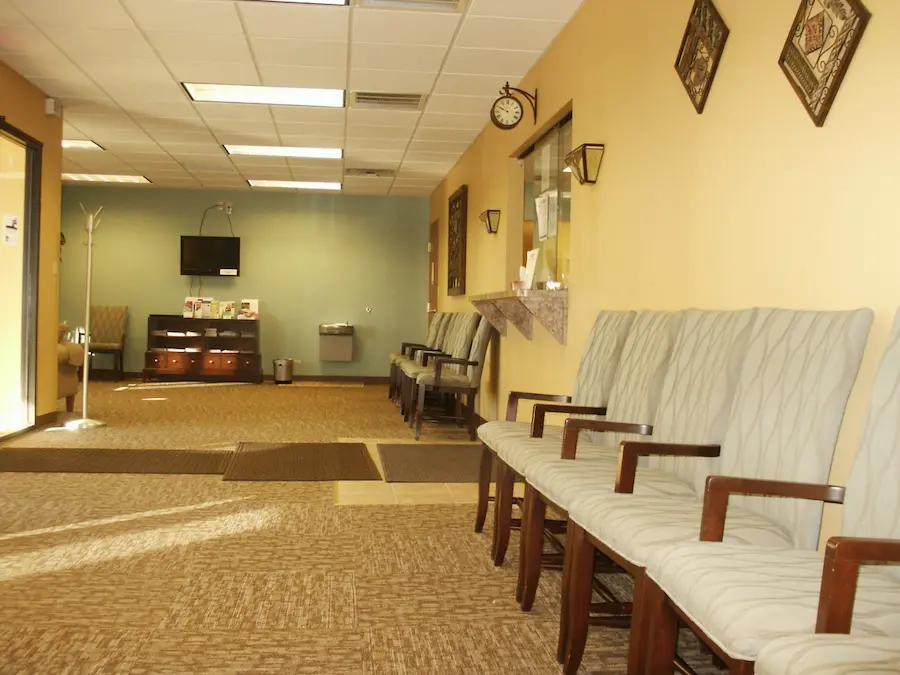






















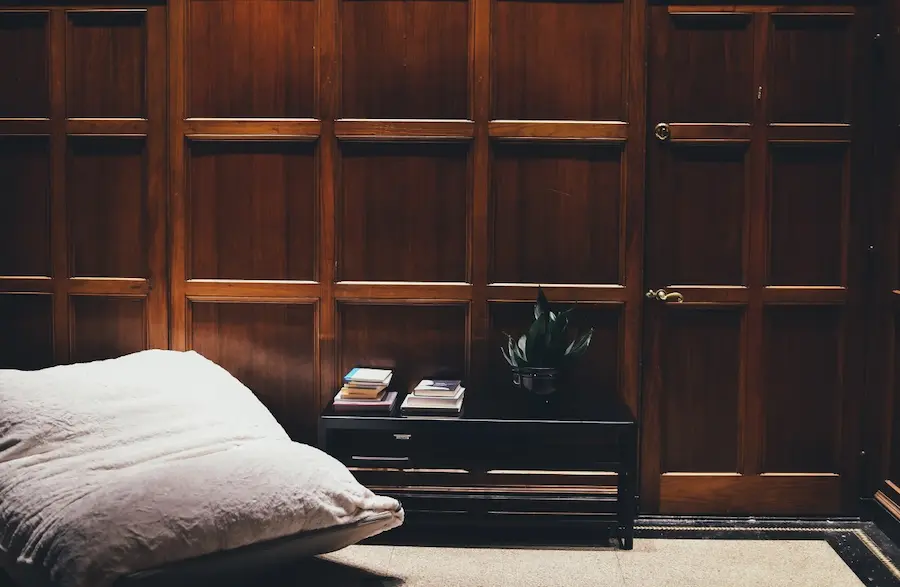









































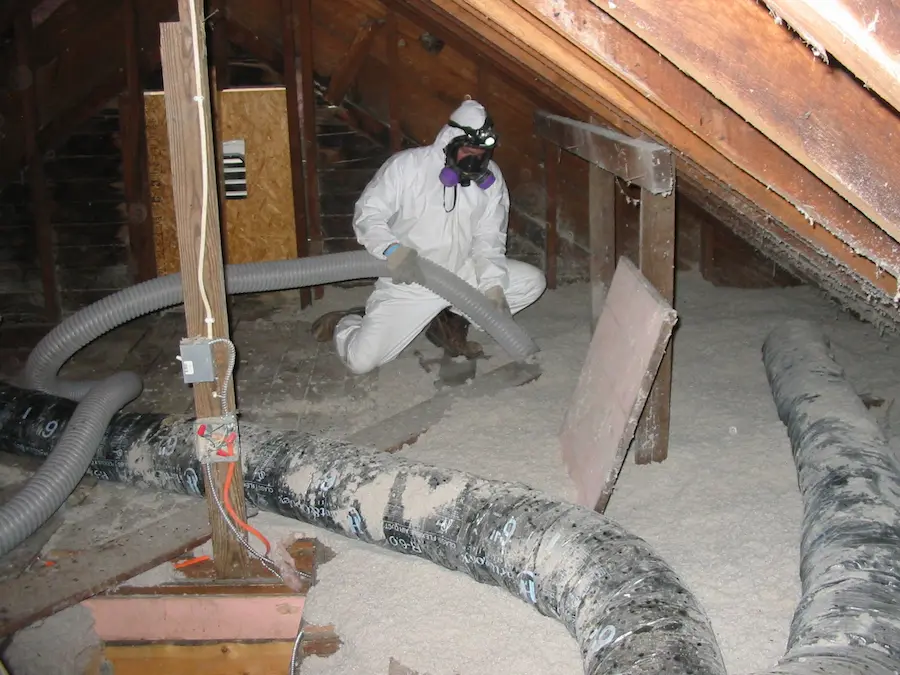
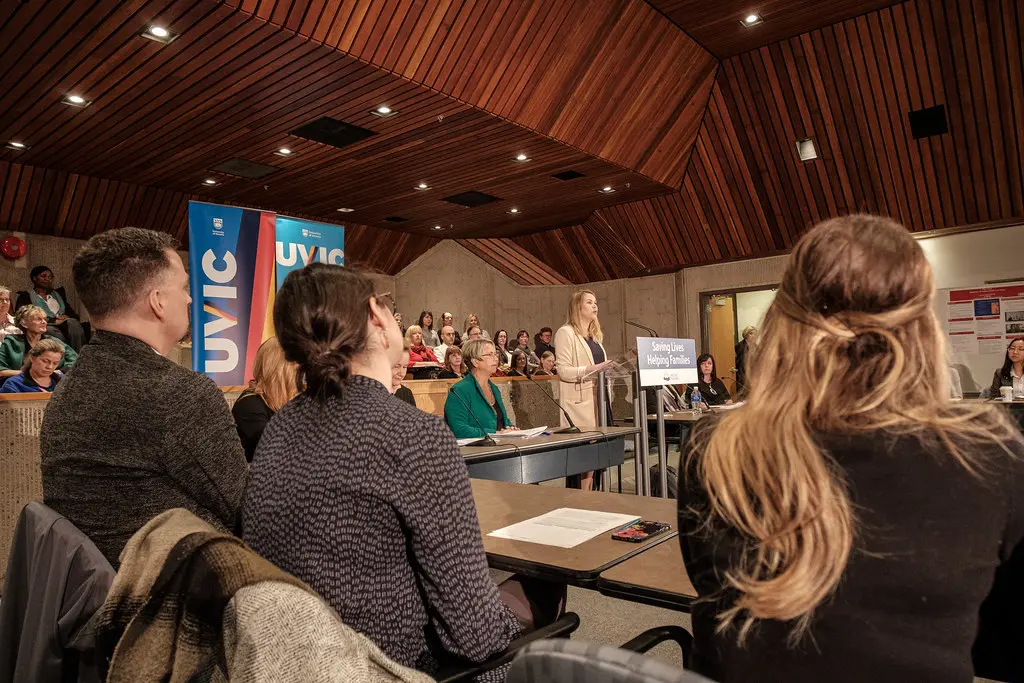










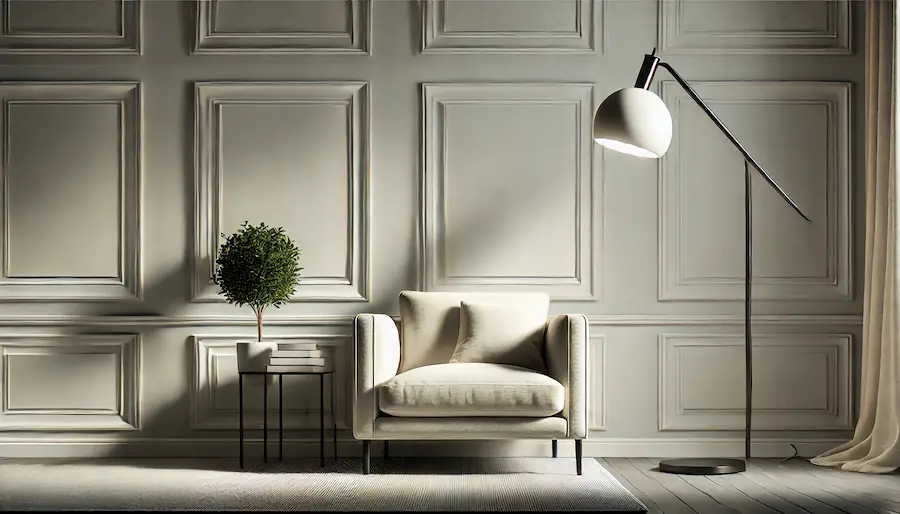







































































































































































































































































































































































































































































































































































































































































































































































































































































































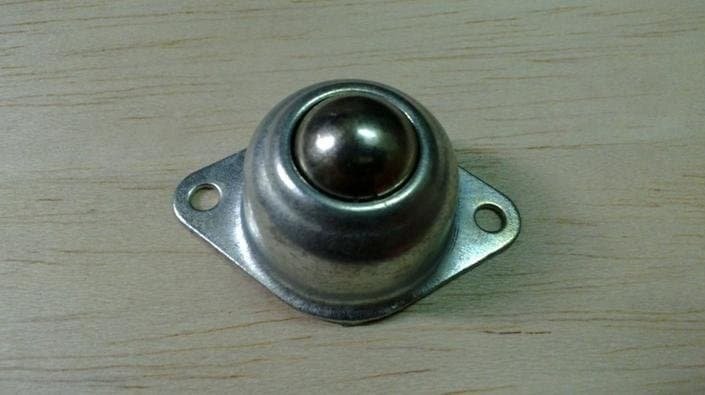




















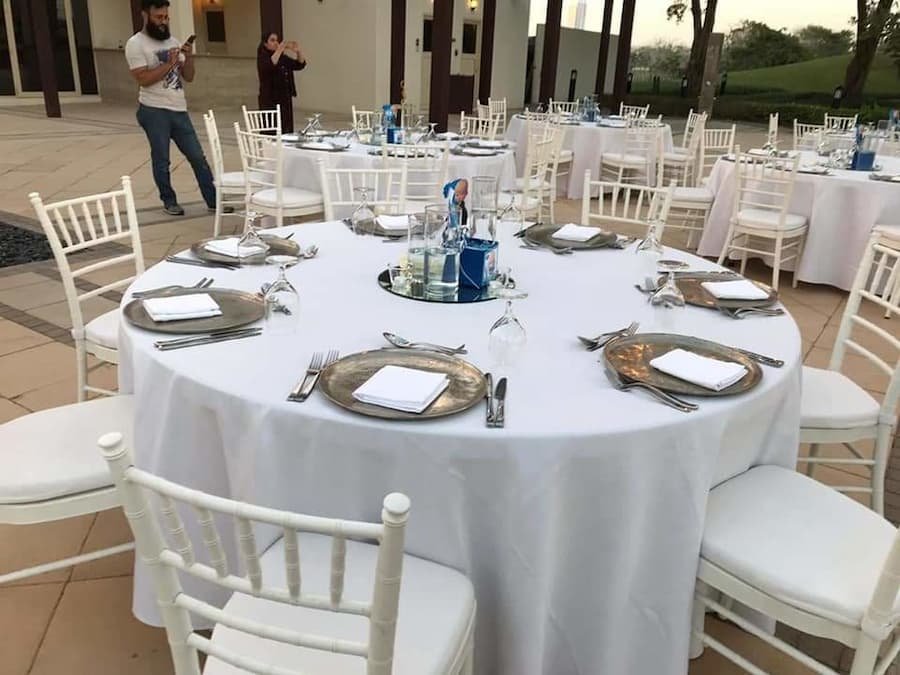














































































0